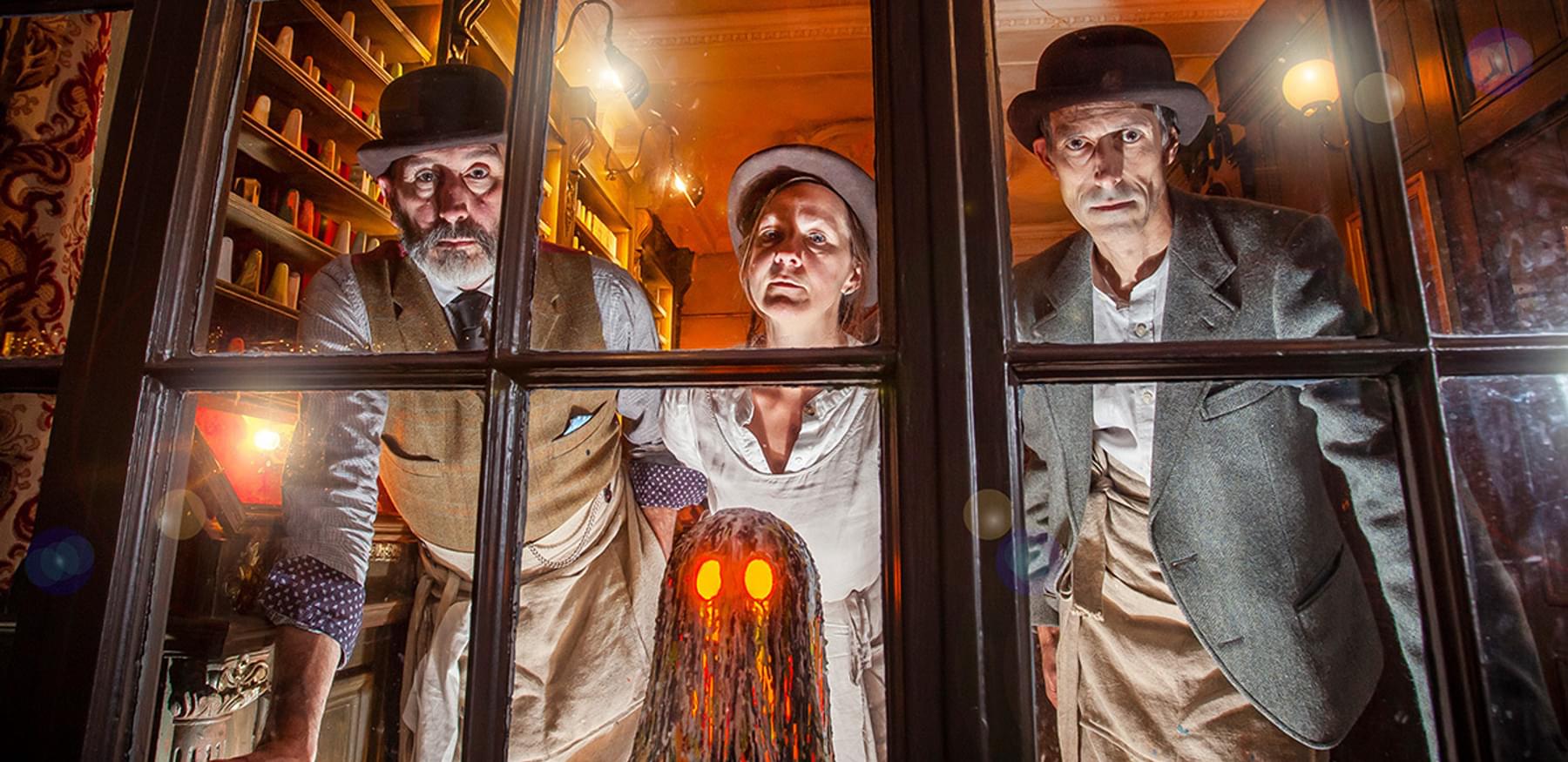Do you dare experience one of the UK's most haunted cities?
York is a city with a dark past, its history is rife with tales of guts, gore, torture and ghosts. The International Ghost Research Foundation even declared York as the most haunted city in Europe due to its bloodstained history and over 500 hauntings within the ancient city walls.
Founded by Romans in 71AD the city's violent and volatile history – including Viking invasions, the Norman Conquest and the Civil War – makes its sinister legacy easy to understand. Sometimes it seems as though a ghostly figure with a score to settle is in residence in just about every street or ginnel.
The tale goes, in 1953 an apprentice plumber was installing a new central heating system in the cellars of the Treasurer’s House when he suddenly heard a distant sound of a horn soon followed by a great carthorse emerging through the brick wall, ridden by a dishevelled Roman soldier. The ghostly battalion moved into a recently excavated area showing that they were walking on an old Roman road - the Via Decumana - buried 15 inches below the surface. Now all visitors are invited to explore the haunted cellars of the house.
More of an urban legend than a confirmed fact, Mad Alice Lane (now known as Lund’s Court linking Swinegate and Low Petergate) was named after Alice Smith who lived in the lane until 1825. That same year she was hanged at York Castle for the perceived crime of insanity, after murdering her husband for beating her remorselessly numerous times. Some say you can sometimes spot her face in one of the windows looking down over the lane. Now visitors can follow the modern-day Mad Alice on The Bloody Tour of York, or resident Spookologist Dr. Dorian Deathly's The Deathly Dark Tours to learn more about the gruesome history of the city.
Almost every historic theatre has a ghost story, and the Georgian York Theatre Royal is no different. It is said that a room behind the dress circle is haunted by the ghost of the Grey Lady - a young nun who fell in love with a nobleman, but when soon found out was thrown into a windowless room that was bricked up with no escape. A gruesome tale, but apparently if the nun in her grey habit is spotted in the dress circle, it’s a good omen for that night’s production at the theatre.

York's city walls are also part of the city's gruesome tale. Along the walls stand its These were the places where heads were impaled on spikes after hanging, drawing and quartering, which was the punishment for traitors and rebels. With the practice beginning in the late 13th century, it was the prime punishment for treason then regarded as the worst and most unnatural of crimes (in Dante’s Divine Comedy, traitors are in the very lowest level of Hell).
November 5th marks the anniversary of the Gunpowder Plot, a conspiracy to blow up the English Parliament and King James I in 1605. One of the notorious plotters was Guy Fawkes – born and raised in York. Today, the 5th November is known as ‘Firework Night’, ‘Bonfire Night’ or ‘Guy Fawkes Day’ and is still celebrated in England with fireworks and bonfires, on which effigies of the conspirator are burned.
To find out more about the many ghosts, ghouls and blood-curdling secrets of the city, join one of York’s array of ghost tours.
